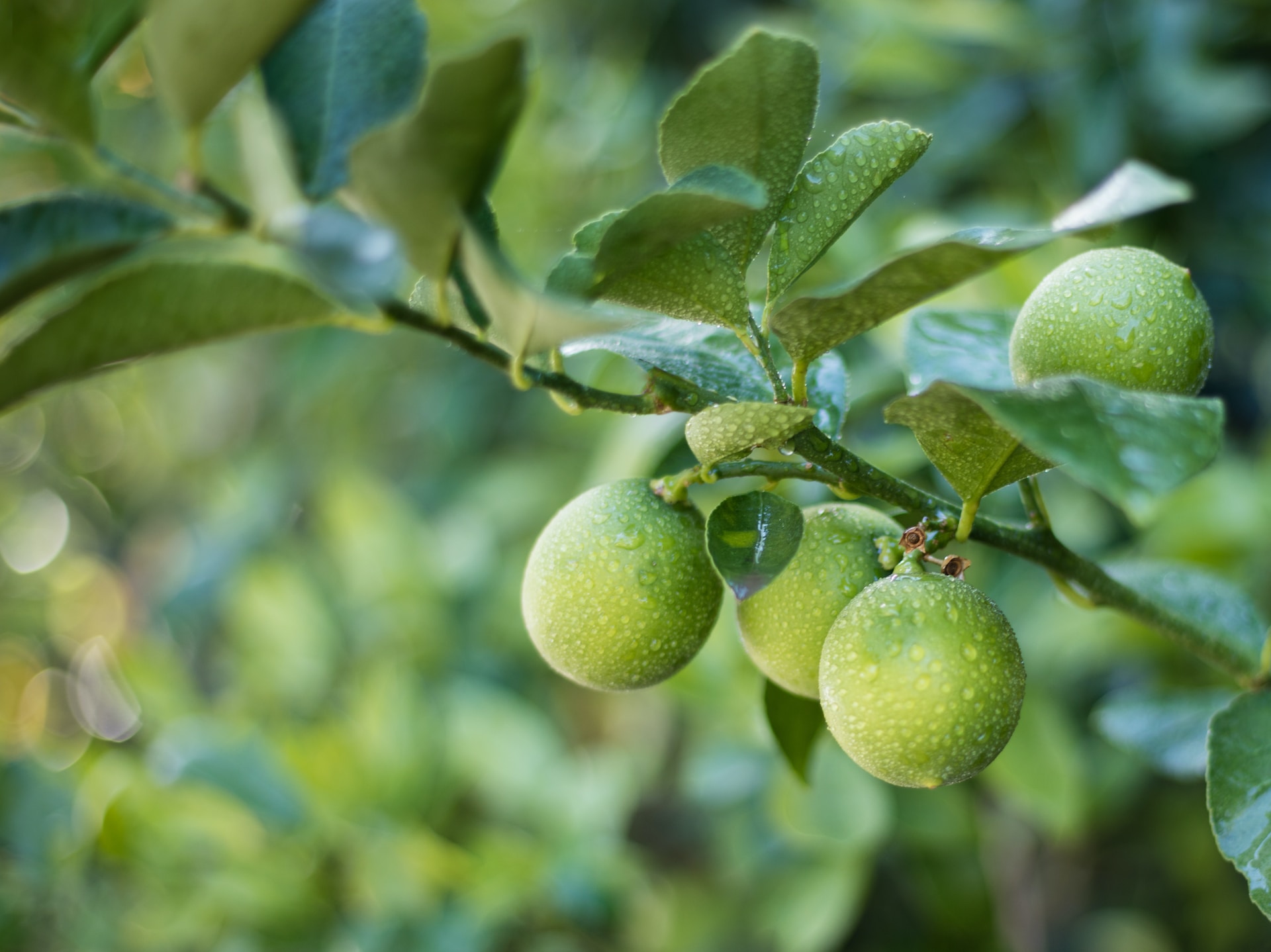A Citrus Sensation: Origins of Key Lime Trees
Key lime trees, scientifically known as Citrus aurantiifolia, are a fascinating citrus species that have captivated horticulturists and fruit enthusiasts alike. Originally from Southeast Asia, these trees have been adopted and grown in various parts of the world, including the Florida Keys, Caribbean islands, and Mexico. This fruitful journey has led key lime tree to develop unique characteristics, setting them apart from other citrus species. Let’s delve into what makes these trees stand out among their citrus counterparts.
Size Matters: A Compact and Hardy Tree
One of the most striking differences between key lime trees and other citrus trees is their size. Key lime trees are smaller and more compact, typically growing to a height of 6 to 12 feet. This makes them an attractive choice for both small gardens and container gardening, as they can be grown in limited spaces. Additionally, key lime trees are known for their resilience, tolerating various soil types and weather conditions. However, they still require proper care and attention to thrive, including regular watering, pruning, and protection from extreme cold.
Fruitful Rewards: Distinctive Key Limes
The star of the show, key limes, are small, round, green-yellow fruits that ripen between July and September. Often referred to as Mexican or West Indian limes, they are smaller than the more common Persian lime and boast a distinctive flavor profile. Key limes are:
– More aromatic
– Tarter in taste
– Slightly sweet
– Juicy with a thin rind
These unique flavor characteristics make key limes a popular choice for various culinary creations, such as the iconic key lime pie, cocktails, marinades, and salad dressings.
Bountiful Blooms: A Fragrant and Everbearing Tree
Key lime trees are everbearing, meaning they produce flowers and fruit throughout the year. This continuous production sets them apart from other citrus trees that have specific fruiting seasons. The tree’s blossoms are small, white, and possess a sweet, enticing fragrance that attracts pollinators and delights the senses. This year-round blooming and fruiting make key lime trees a delightful addition to any garden or home, providing a regular supply of fresh key limes and a visually appealing landscape.
Cultivating a Citrus Legacy: Growing Your Own Key Lime Tree
Growing a key lime tree can be a rewarding experience, as these unique trees offer an abundance of fruit and beauty. To ensure a thriving tree, keep these essential care tips in mind:
– Plant in well-draining soil with a slightly acidic pH
– Provide full sun exposure for optimal growth
– Water regularly, but avoid overwatering
– Protect the tree from extreme cold and frost
– Prune to maintain a healthy shape and size
Embrace the distinct charm of key lime trees and enjoy the bountiful rewards of these exceptional citrus specimens. With proper care and attention, your key lime tree will thrive and enchant you with its unique characteristics for years to come.


























